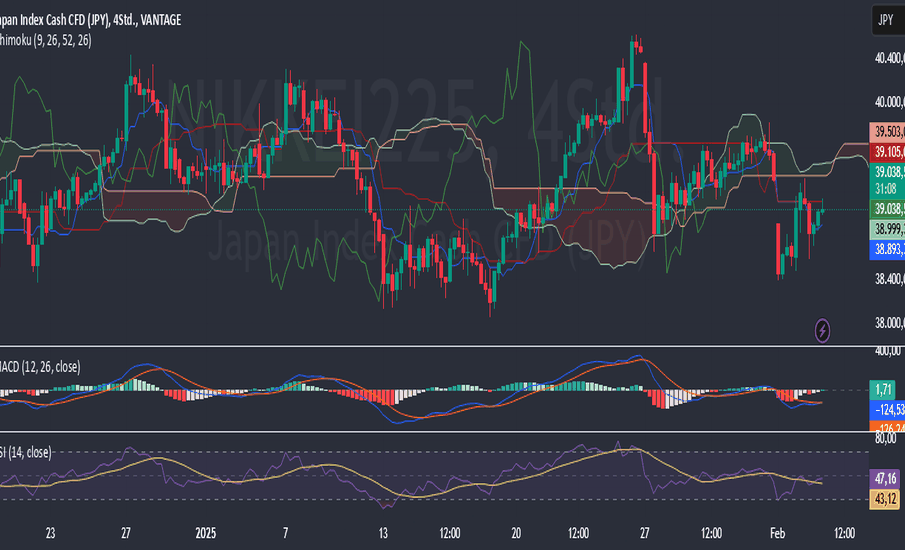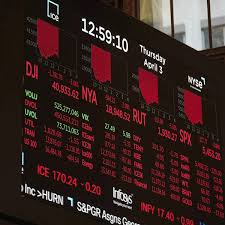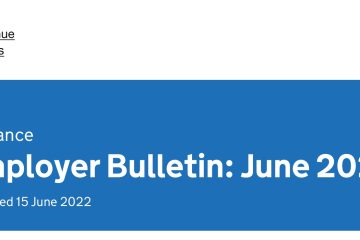Understanding the Nikkei 225: Trends and Insights

Introduction
The Nikkei 225 Index, a key indicator of Japan’s economic health and performance, remains a focal point for both domestic and international investors. Tracking the 225 largest publicly traded companies on the Tokyo Stock Exchange, fluctuations in this index provide insights into broader market trends, investor sentiment, and economic conditions. Given Japan’s position as one of the world’s largest economies, understanding the dynamics of the Nikkei 225 is crucial for anyone looking to gauge the stability and growth potential of Asian markets.
Market Performance
As of October 2023, the Nikkei 225 has exhibited significant activity, recovering from its lows earlier in the year triggered by global economic uncertainties and rising inflation. In September 2023, the index closed at approximately 34,000 points, reflecting a rise of over 20% year-to-date. This rebound is influenced by several factors, including robust corporate earnings, a weaker yen, and increased foreign investment. Notably, technology stocks, automotive giants, and manufacturers have driven this growth, highlighting sectoral performance as pivotal.
Factors Influencing the Index
Two primary influences on the Nikkei 225 include Japan’s economic policy and global market conditions. The Bank of Japan’s monetary policy remains accommodative, with ongoing interest rates kept at record lows to support growth. Opposition to tightening has encouraged investor confidence, allowing businesses to thrive despite inflationary pressures. Additionally, global factors like supply chain disruptions, energy prices, and geopolitical tensions contribute to the index’s volatility. The interplay between domestic developments and international market shifts continues to play a critical role in shaping the Nikkei’s performance.
Implications for Investors
For investors, the Nikkei 225 serves as both an opportunity and a risk. Its recovery signals potential for capital growth, but it also warns of risks inherent in market volatility. Investment strategies must consider economic indicators, corporate performance, and global geopolitical conditions. Analysts recommend a diversified investment portfolio that includes Japanese stocks as part of a broader strategy, emphasizing sectors poised for growth in technology and sustainable energy.
Conclusion
The Nikkei 225 remains a crucial barometer for understanding Japan’s economic landscape and the broader Asian market. As it approaches the end of 2023, investors remain optimistic but cautious, recognising the potential for both growth and challenges ahead. Monitoring trends within the Nikkei 225 provides valuable insights into not only Japan’s economy but also significant global market drivers. In an ever-evolving economic landscape, staying informed on the Nikkei 225 can equip investors with the necessary knowledge to navigate the complexities of the market.









